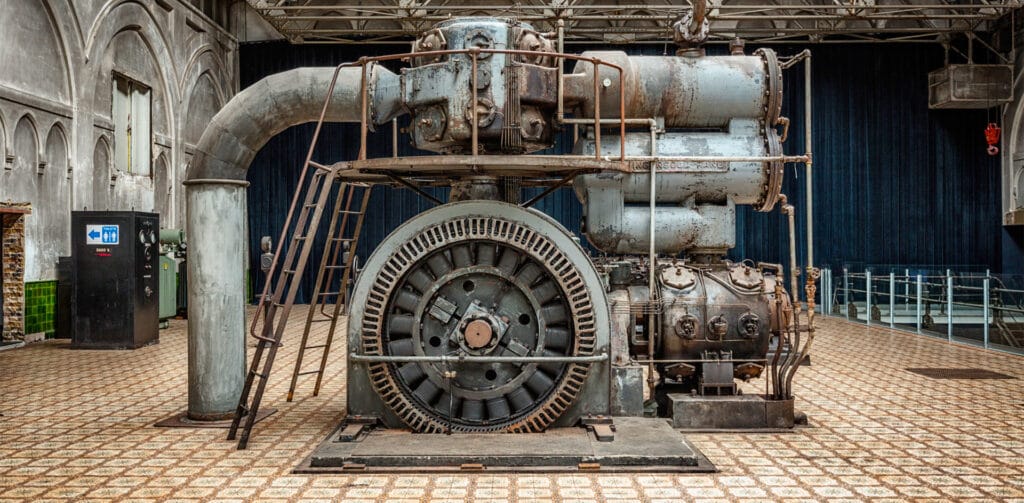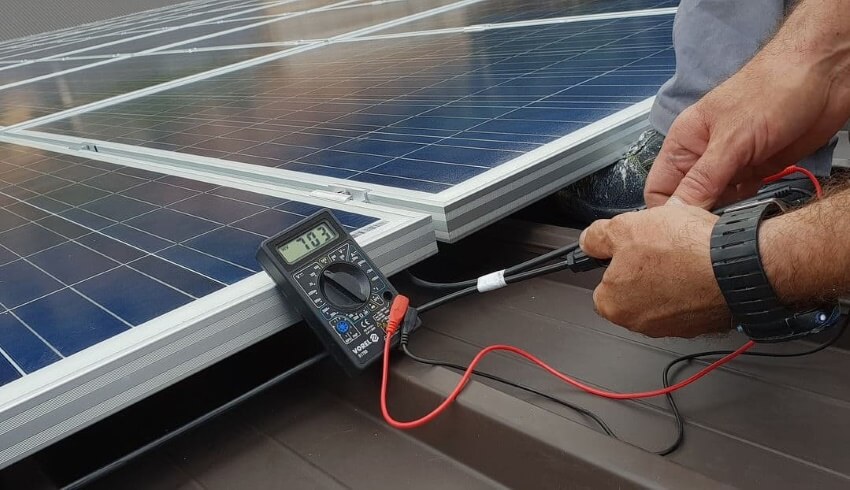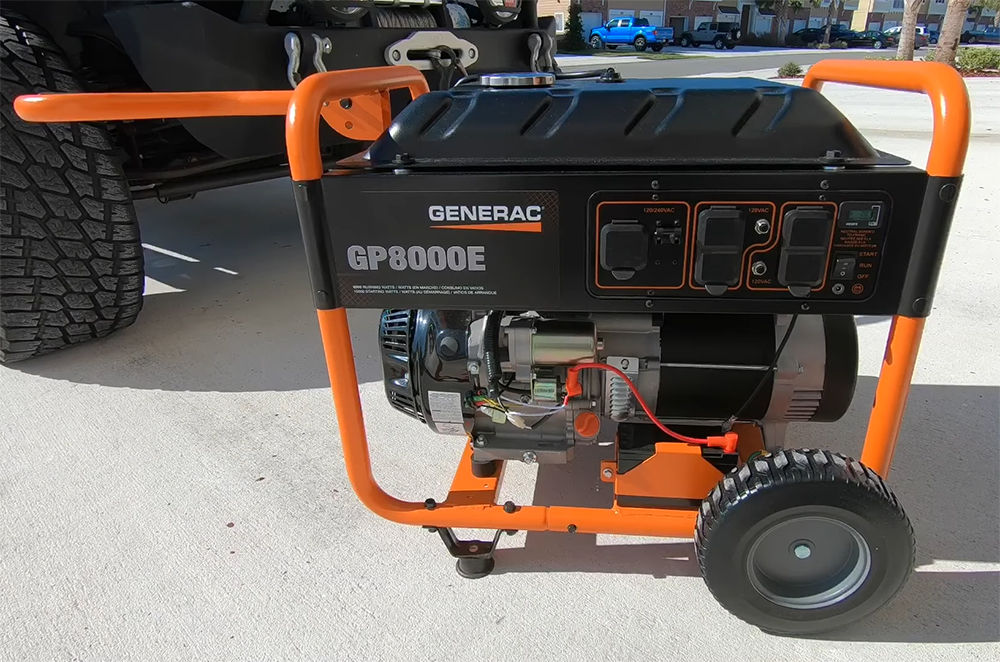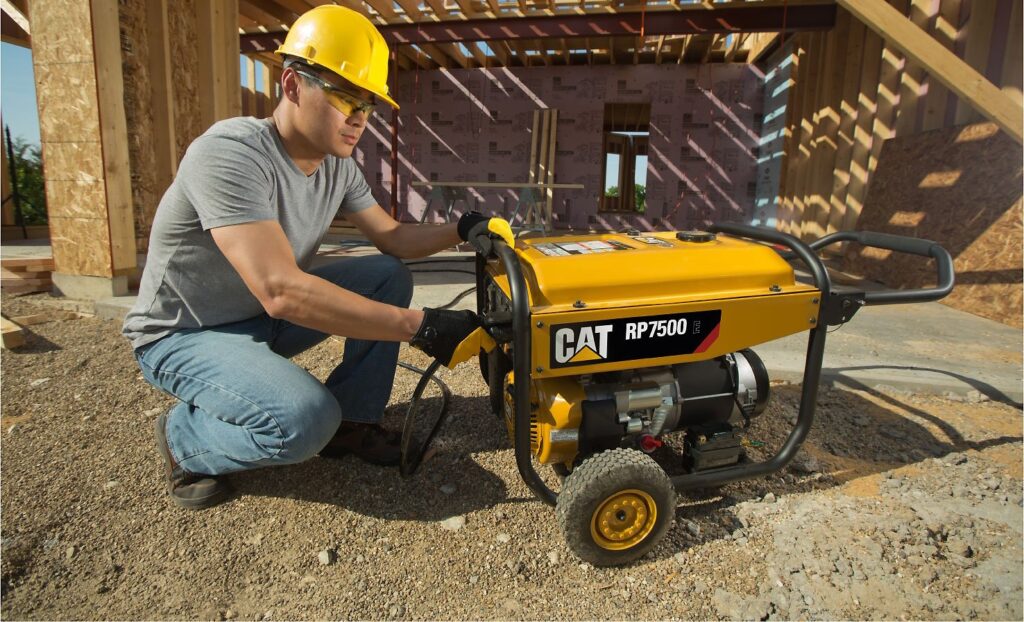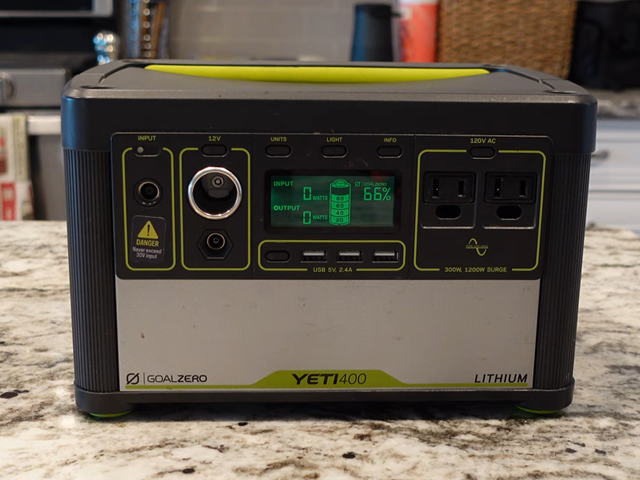
A propane heater is undoubtedly one of the best heating options during winter. Like many other heating options, a propane heater needs proper ventilation to perform well. It needs oxygen to breathe. Besides poor performance, you increase the risk of carbon monoxide poisoning if your propane heater is not adequately ventilated. So, how much ventilation do you need for a propane heater? Simply put, you need enough fresh air.
No specific amount of air is required for a propane heater to function. Nonetheless, you must ensure that the heated space is adequately ventilated, especially if you are using a portable ventless propane heater. You can open the windows or doors in the room to ensure optimal ventilation. Letting in enough air would not prevent the heater from heating the space efficiently. This article takes a closer look at the need for ventilating a propane heater and how to do it properly.
Ventilation is essential for propane heaters because it helps prevent the pile-up of carbon monoxide produced by the heater that could cause suffocation or death. Familiarizing yourself with the functioning process of propane heaters can help you understand the importance of ventilating one when in use. Here is a quick breakdown of the process.
Fuel: Propane is a gas, but it is compressed into a liquid for use in a heater. Besides propane gas, propane heaters use other compounds like Butane and Propylene.
Igniter: A propane heater uses a piezoelectric igniter to start a flame. Basically, the igniter uses a spring-loaded hammer to strike a material that has the ability to develop an electric potential. The result is a spark which causes a flame.
Heat distribution: A simple ignition cannot heat up your entire space. The heater features an element that allows it to distribute heat efficiently. Most heaters use porcelain to distribute heat.
Now that we have a basic understanding of how a propane heater functions, let’s look at why it is crucial to ventilate it while in use.
As mentioned before, propane heaters use propane as fuel to heat your space, and when propane burns, it converts all of its carbon into carbon dioxide. According to the EPU, burning propane emits roughly 135 pounds of carbon dioxide.
However, without sufficient oxygen, the propane heater will produce carbon monoxide. Since it is odorless and colorless, it can be hard to know the exact amount of carbon monoxide your heater is producing. The only sure way to know is to install a carbon monoxide detector in the space where you are using the heater.
According to Center for Disease Control and Prevention, carbon monoxide is a harmful, odorless, colorless gas that has adverse health effects and is fatal. If it builds up indoors, it can poison you and your pets.
Propane fumes have potential health effects. If you are in a room with a high concentration of propane, it is highly likely that you have less oxygen to breathe. As a result, you may experience some symptoms like rapid heart rate, rapid breathing, emotional upsets, fatigue, and clumsiness. As the level of oxygen deteriorates further, you may experience nausea, vomiting, convulsions, collapse, coma, or death.
With physical effort, you will get the symptoms quickly, if you are asleep, you may not notice any of the symptoms and you could easily go into a coma or die. Moreover, lack of oxygen can cause permanent damage to organs like the heart and the brain. The nervous system could also be harmed, resulting in dizziness, headache, nausea, confusion, and drowsiness.
A propane heater does not require a certain amount of air to work. If you are using a vent-free propane heater, you have no choice but to ensure there is enough air coming into the heated space.
You should never run a propane heater in a closed garage, especially if it is the portable kind. If you have the propane heater installed with the propane tank outside the garage then you can use it in an enclosed garage. The vented propane heaters are a bit on the pricier end but are a worthy investment. Nonetheless, it is important to have adequate ventilation in case of emergencies.
Many people dread using propane heaters indoors because of the potential health hazard they pose. Indoor propane heaters are safe if used correctly. You can install a carbon monoxide detector in the space where you use the propane heater. Also, ensure you never leave the heater unattended.
Make sure to leave either door or window open while using such heaters, the warm air loss won’t be enough to reduce propane heater performance, but will protect you from suffocation.
Before you know how to adequately vent a propane heater, you must first establish whether it is a vent-free heater or a direct vented heater.
Direct vent propane heater: this is a closed combustion box that makes use of air from the outdoors to emit heat. All the propane fumes produced by the heater are vented directly outside the home via a small pipe through an exterior wall. The best thing about a direct vent heater is that it requires a simple one-hole venting and no ductwork. Plus, you can change the intensity of heat and adjust the speed of the fan.
According to popular reviews, the Ashley Hearth heater is one of the best direct vent heaters that money can buy. You can use it with any other natural gas and it comes with a complete venting kit that is super-easy to install. What’s more, you can use the heater in modular or mobile homes.
Vent-free propane heater: this heater does not need vents or any ductwork to provide heat. It is incredibly cheap to install as it doesn’t need any external wall. It also has better installation flexibility compared to a direct vent propane heater.
If you have chosen to use a vent-free propane heater, then you have to ensure there is enough air coming into the heated space. You can open either the window or door. You can set the heater near the window or any other source of ventilation, but away from combustible items. The heater should face the part of the room that requires more heat.
If you are on the market for a ventless propane heater, check out the popular Mr Heater. It is an indoor-safe portable propane heater for rooms as large as 95 square feet. It is incredibly easy to use and it comes with a low-oxygen sensor, auto shutoff, and tip over switch for your safety.
Whether you are using a direct vent propane heater or a ventless heater, you must consider all the safety precautions like;
NEVER leave your propane heater on the entire night. It helps reduce the risk of anything that could go wrong. Plus, it’ll help you reserve fuel and save money. When you turn it off, remember to shut off the gas supply.
No. The main cause for carbon monoxide production for ventless gas heaters is incomplete combustion which results from lack of enough air. Most models have a solution to this problem with the Oxygen Depletion Sensors (ODS) built-in them. You would know if you need to let in more air for your safety.
You can only use a patio propane heater in your garage if it has proper ventilation. Otherwise, it would be dangerous as propane fumes are harmful.
If you have been wondering whether you need to ventilate your propane heater, the answer is yes. However, you must first establish the type of heater you have. If you have a portable ventless propane heater, you cannot neglect any safety precautions. Propane has dire health effects and can be fatal. How much ventilation do you need for a propane heater? Enough ventilation.
You need sufficient air in the space you heating. If your heater doesn’t feature an oxygen depletion sensor, ensure a window, door or any ventilation source in the space you are heating is open to let in enough air. You can also buy a carbon monoxide detector for your safety. The bottom line is, like all the other heating solutions, ensure you familiarize yourself with all the safety concerns before you start using a propane heater.
